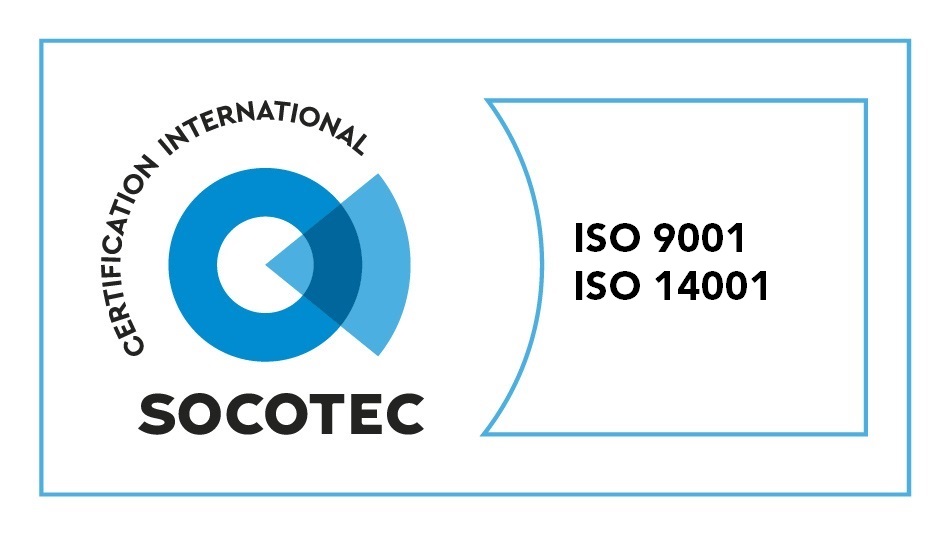Have you hugged a tree? Have you noticed the sunlight peeping through the leaves? Have you tried to smell the calming breeze and the scent of the greens? Have you heard the distinct sound of nature with the chirping birds humming overhead on the trees? Have you walked barefoot on a handful of grasses that tickles your toes? If you do, you just forest bathe.
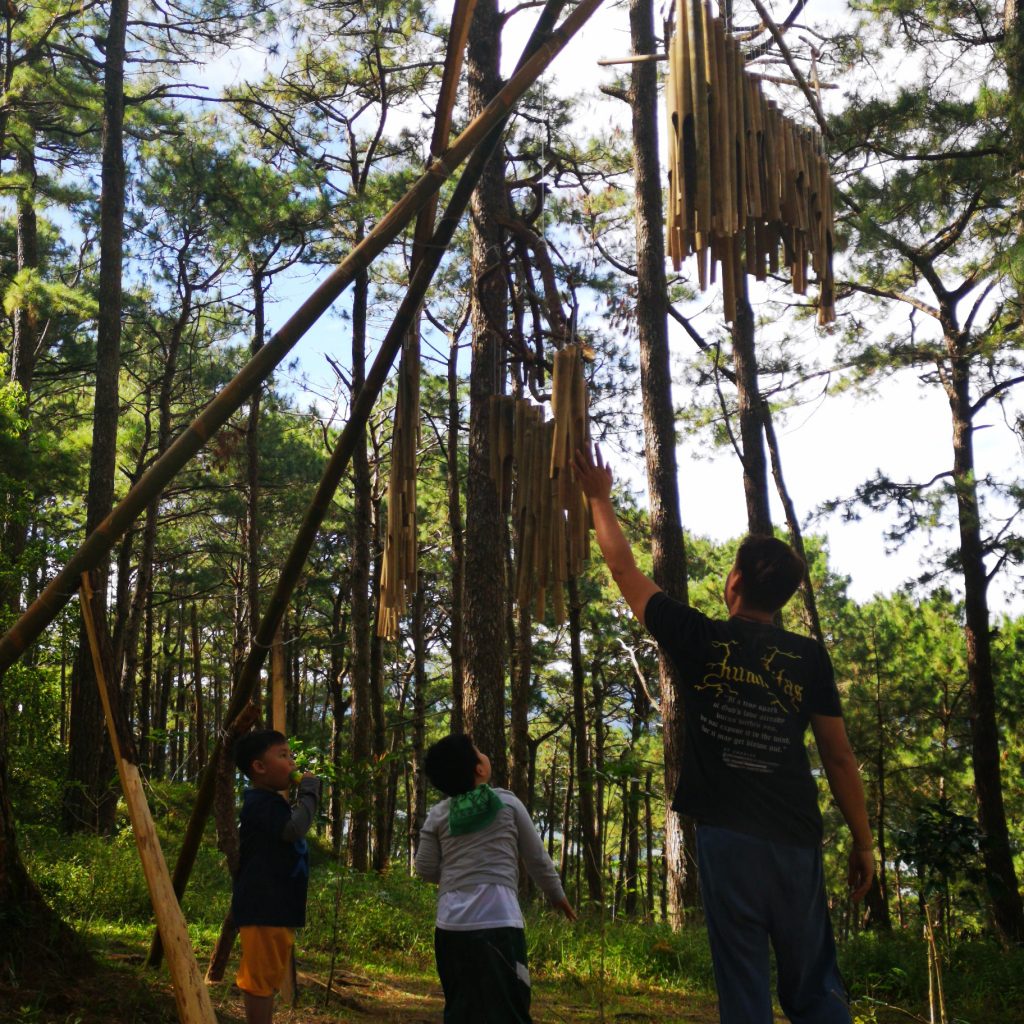
Forest bathing or “Shinrin-yoku” was developed in Japan in the 1980s. “Shinrin” means forest and “yoku” means bath. Shinrin-yoku simply means bathing in the forest or taking in the forest atmosphere.
Studies show that visiting a nature park helps us relax, rejuvenate and restore our immune system. Some of the benefits of “Shinrin-yoku” include reduced blood pressure; improved mood; reduced stress; increased ability to focus; increased energy level; improved sleep, and; accelerated recovery from surgery or illness.
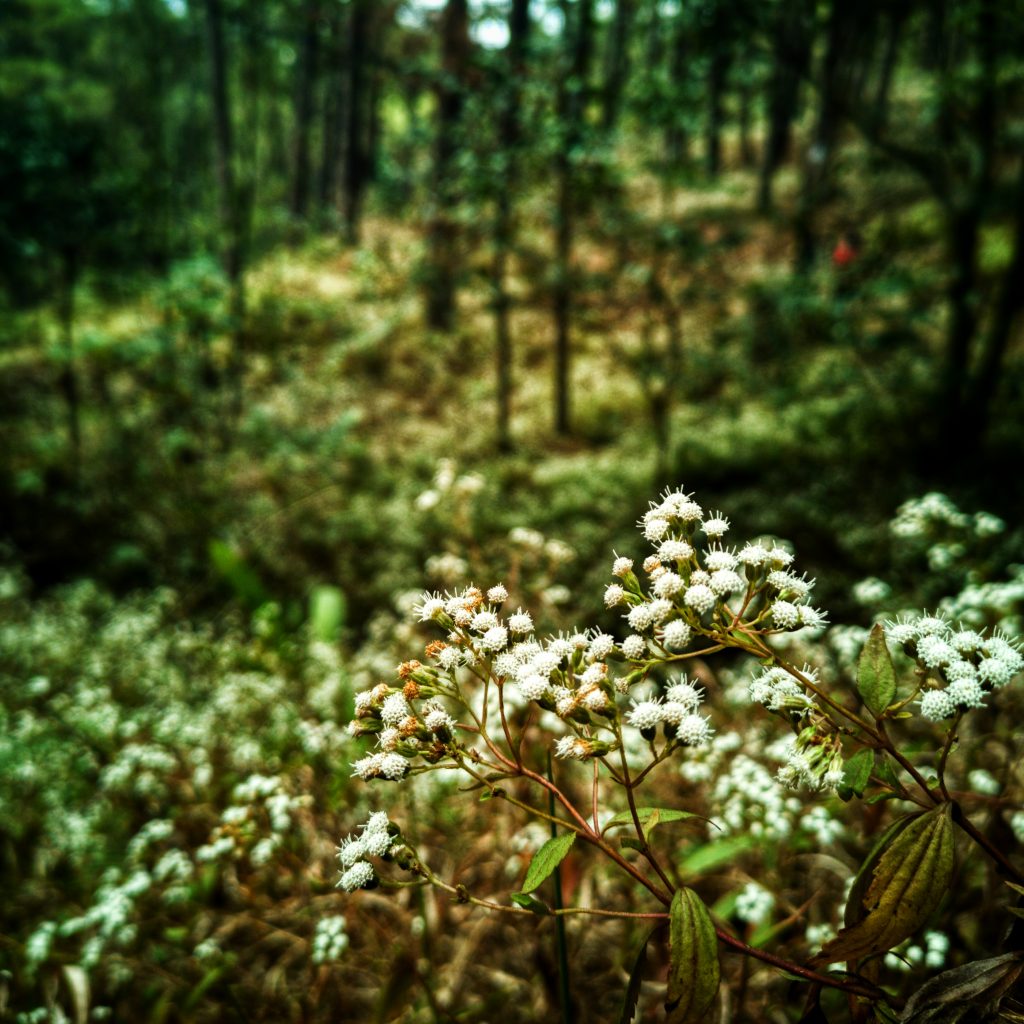
To fully achieve these benefits, there are steps to forest bathing. Among these are: putting off your phone, camera and other distracting items in a bag off your body, setting aside goals and moving slowly; pausing intermittently to observe details with all your senses; locating a comfortable place to sit, listen and watch, noticing how nature responds to your stillness, and: if you’re with others, agree to remain silent until after the walk when you can share your observations.
Up north, Camp John Hay offers a forest bathing zone for local and foreign tourists. It has a two-kilometer stretch passing through the Yellow trail, Blue Trail and the U.S. Embassy Gate.
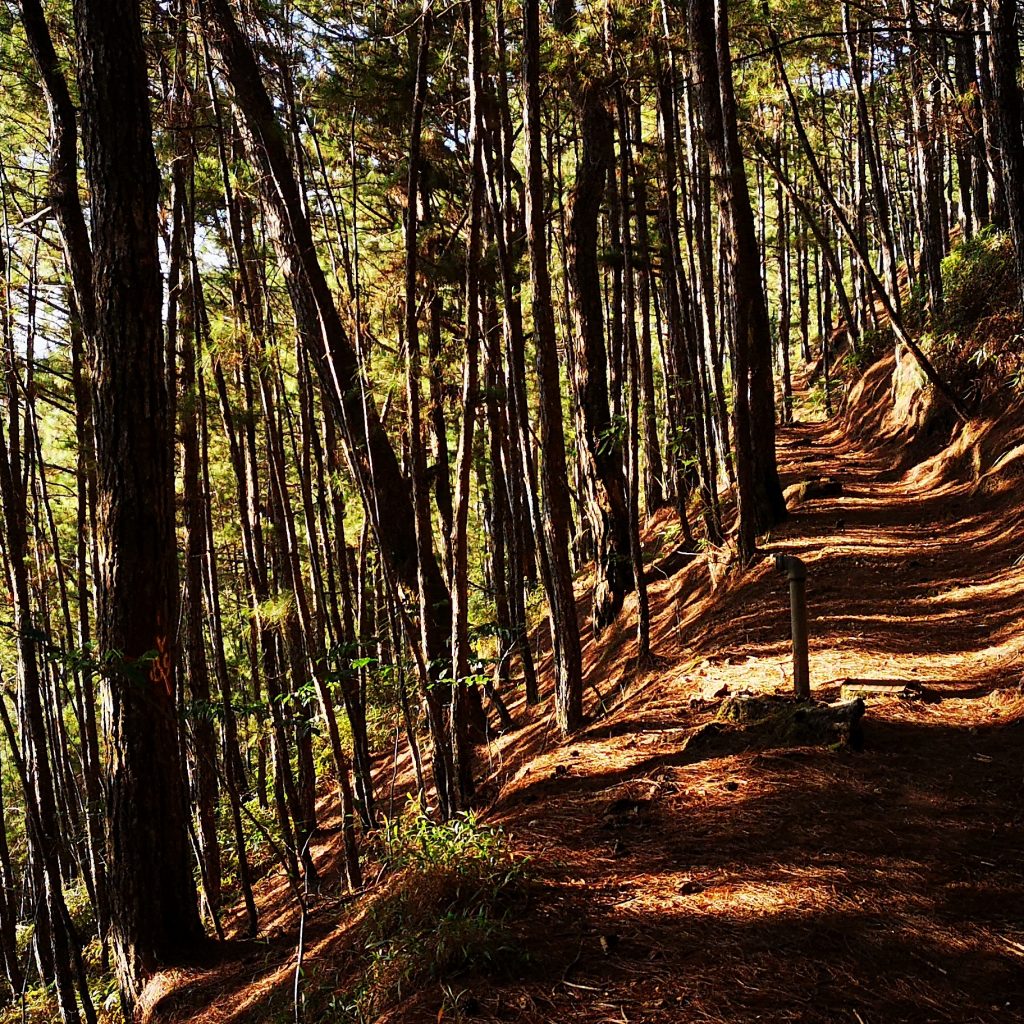
Various art installations like bamboo wind chimes and towering stones are randomly found along the path. Local artists make these artistic crafts. In addition, a few meters from the entrance is an energy rock that is believed to release positive energy when you touch it.
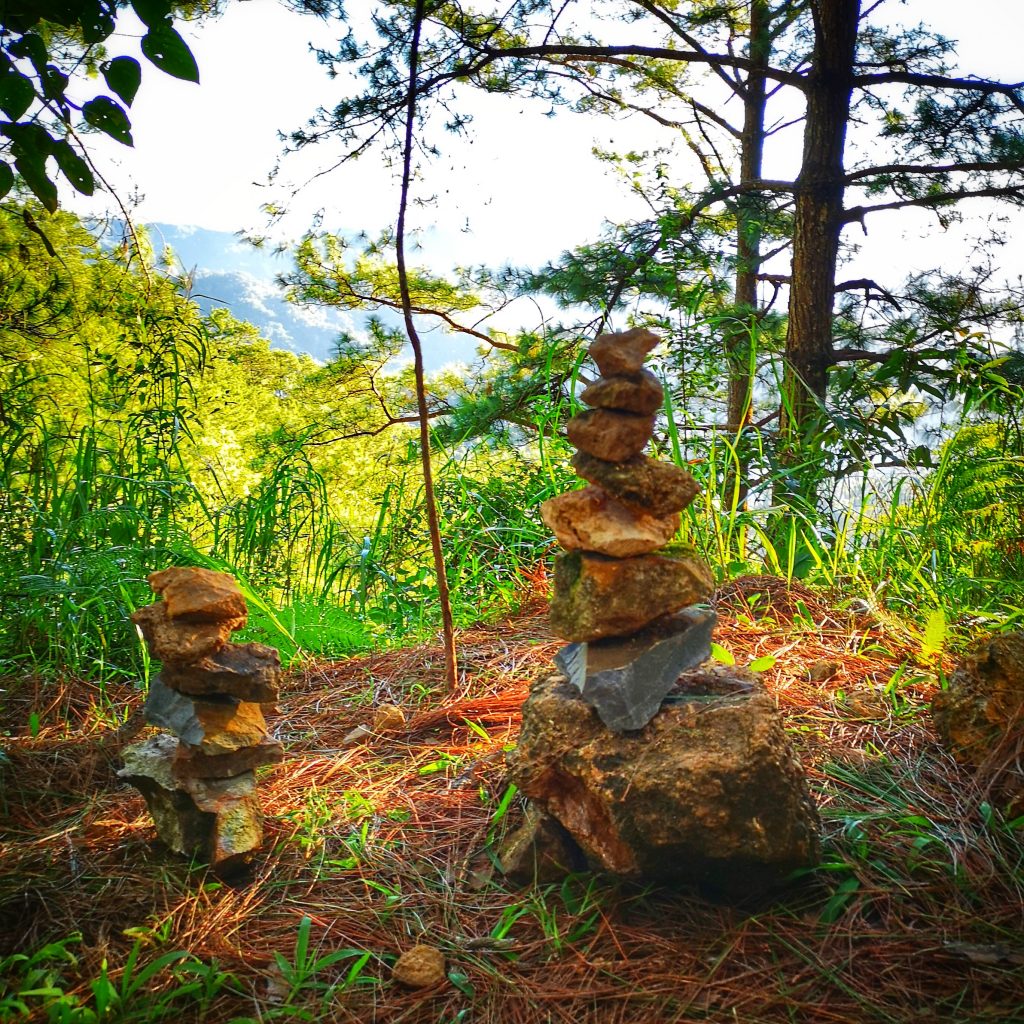
Forest bathing is a partnership project of the Department of Tourism and the John Hay Management Corporation (JHMC). Secretary Bernadette Romulo-Puyat in November 11, 2018, formally launched it. END






